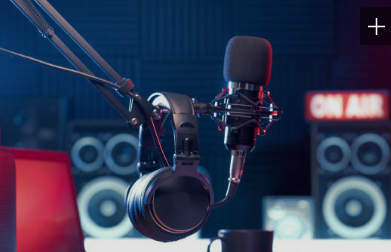Your cart is currently empty!
Mastering Audio Editing: A Beginner’s Guide to Professional Sound
Hello and welcome! Today I want to walk you through one of the most important skills in media production — Audio Editing. Whether you’re producing a podcast, music track, YouTube video, or documentary, clean and clear sound can make or break your final product.
I remember when I first got into editing, I underestimated how crucial good audio is. But trust me, once you understand the basics, it becomes second nature.
💡 What is Audio Editing?
Audio editing is the process of cleaning, arranging, enhancing, and mastering sound recordings to ensure they sound polished and professional. This could be for music, voiceovers, interviews, sound effects, or anything involving audio.
🎧 Why Audio Quality Matters
Even the best visuals will fall flat if the audio is distorted, noisy, or unbalanced. Human ears are highly sensitive, and bad sound turns audiences away faster than anything.
Great audio:
-
Keeps listeners engaged.
-
Improves storytelling.
-
Builds credibility and brand identity.
🧰 Essential Audio Editing Tools
You don’t have to break the bank to get started. Some popular tools include:
-
Audacity (Free)
-
Adobe Audition (Pro)
-
FL Studio (Music Production)
-
Reaper (Flexible & Affordable)
-
DaVinci Resolve (Video & Audio suite — free version available)
Each of these programs will let you:
-
Cut and trim clips.
-
Remove background noise.
-
Balance volume.
-
Apply EQ (equalization) for clarity.
-
Compress audio to control dynamic range.
-
Add reverb or effects for atmosphere.
🎯 My Simple Editing Workflow
-
Import Audio: Drag the raw file into your editor.
-
Noise Reduction: Clean up unwanted hissing, buzzing, or room echo.
-
Cut and Arrange: Remove long pauses, mistakes, and unwanted sounds.
-
Normalize Volume: Make sure your voice or sound is clear but not distorted.
-
EQ and Compress: Adjust the frequencies for warmth, presence, and balance.
-
Mastering: Add final polish so it sounds great on all devices.
-
Export: Save in the right format (usually
.wavor.mp3for podcasts or.aacfor video).
💡 Pro Tip for Video Creators
If you’re preparing for video:
-
Record your audio separately in the highest quality possible.
-
Edit audio before adding it to your video timeline.
-
Sync your cleaned audio with the video for a professional touch.
🎬 Conclusion
Audio editing isn’t just about removing mistakes — it’s about crafting a listening experience. Once you get the basics right, your audience will appreciate your content a lot more, whether it’s music, podcasts, interviews, or YouTube videos.
In future videos, I’ll walk you through step-by-step tutorials on using each software. Stay tuned!
Discover more from Ranking Family Multimedia
Subscribe to get the latest posts sent to your email.
🎵 Musicians & Creators:
1. Create AI music for FREE with
Suno.com
2. Sell & monetize your tracks on
GrinoMuzik.com


Leave a Reply